I enjoy using a butterfly band prop — credit to Irina Gorin — to help my beginner students develop a physical approach to the instrument that is comfortable and effective for ideal sound production. In Irina’s words, the butterfly exercise helps students experience “relaxation of the hand/wrist, a floating arm, and a gentle touch”.

Today, I thought I’d share how I make these bands for my students — including an improvement I came up with during the most recent round of butterfly-band-making. 🙂
Continue reading “Butterfly Bands for Beginner Piano Technique (GIVEAWAY)”

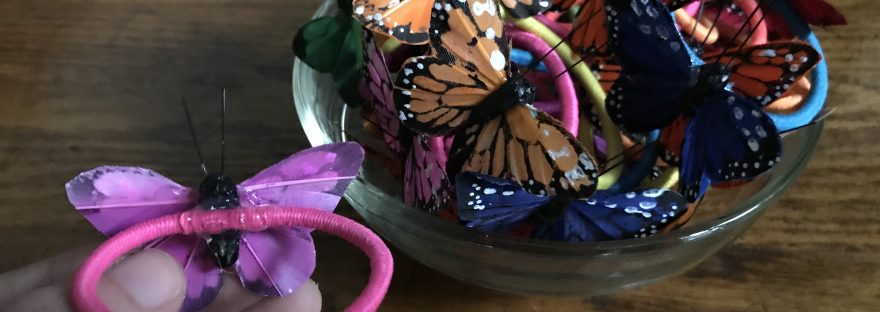
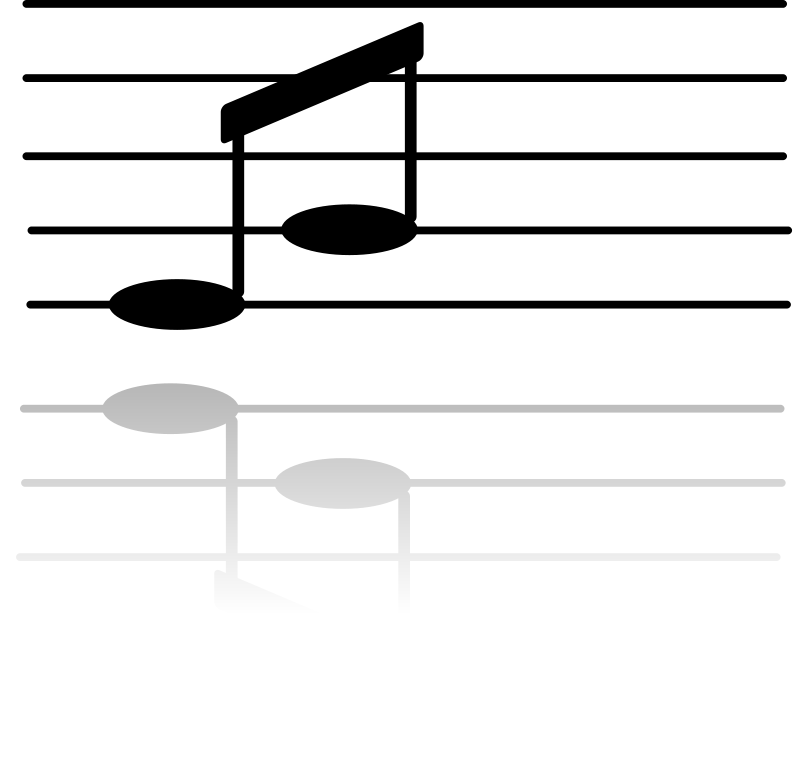
 In the comment section of previous post, a reader asked for suggestions with helping a young student connect notes on the staff with their names and their corresponding piano key. I gave a response in the comment section, but thought I would share some of those thoughts with you all as a separate blog post!
In the comment section of previous post, a reader asked for suggestions with helping a young student connect notes on the staff with their names and their corresponding piano key. I gave a response in the comment section, but thought I would share some of those thoughts with you all as a separate blog post!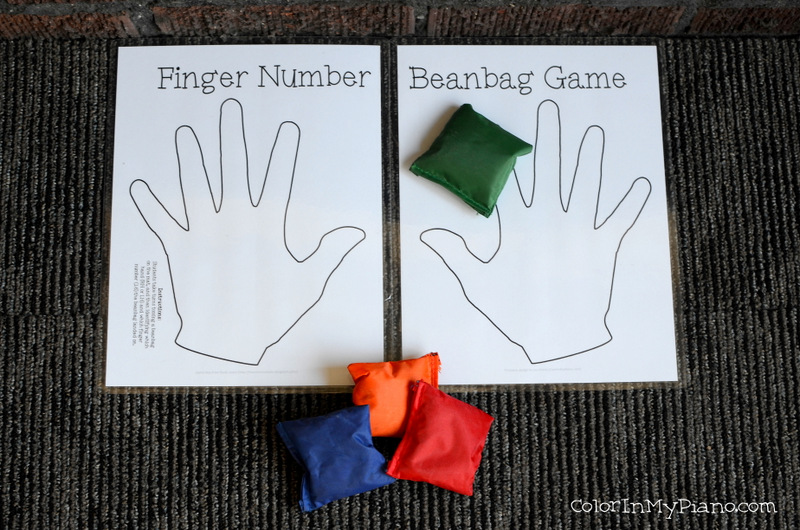


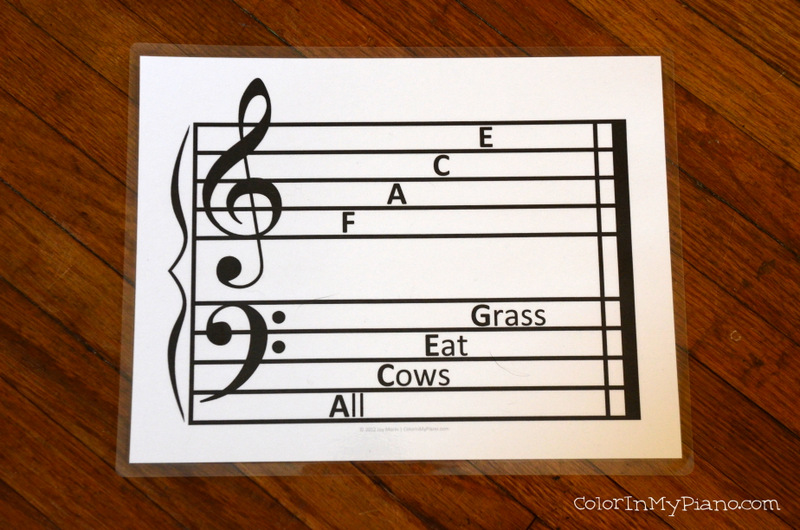

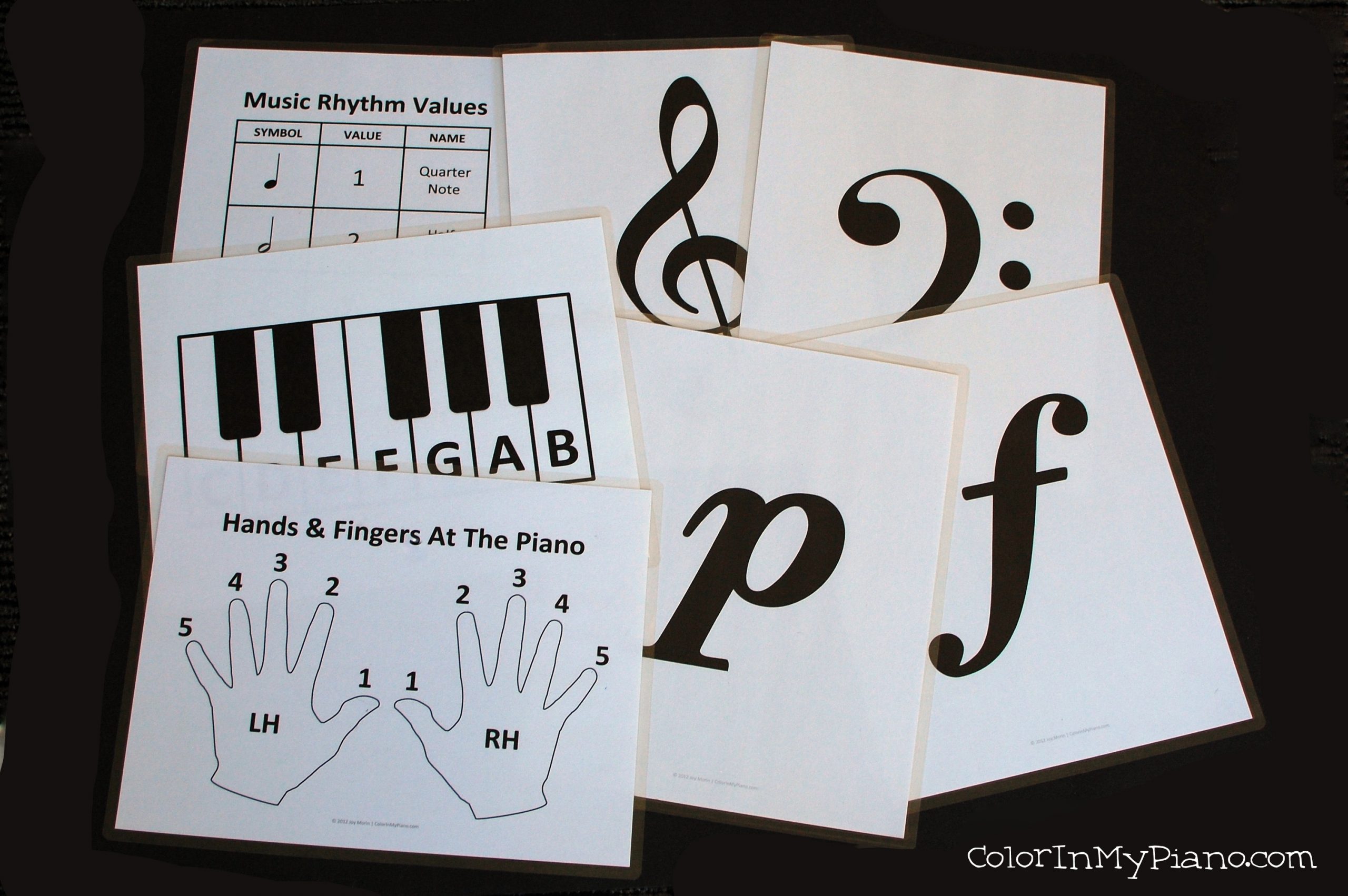

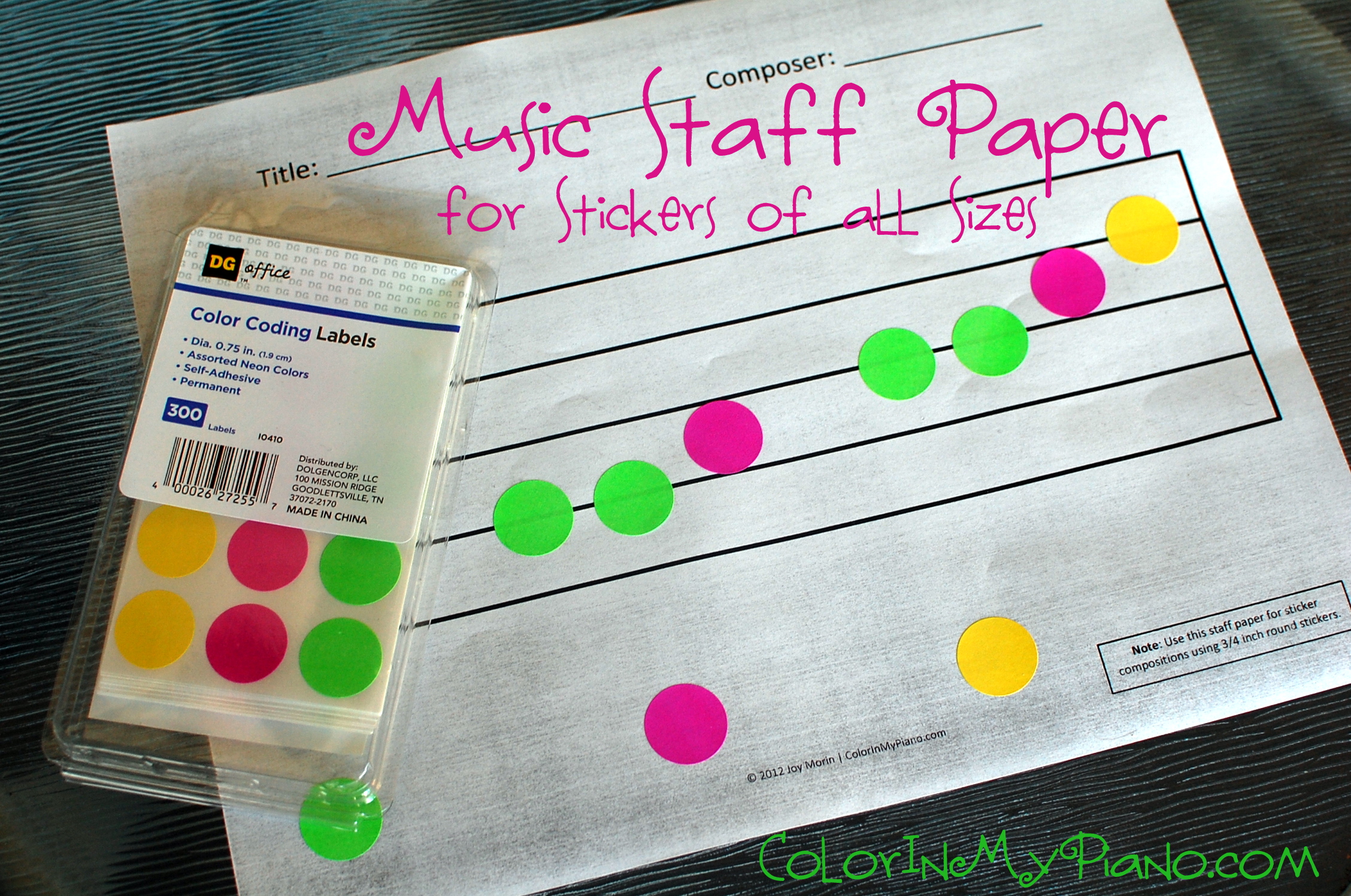

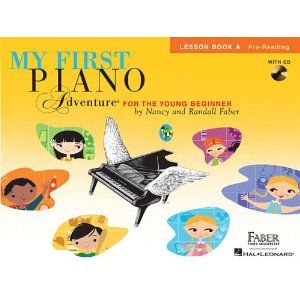

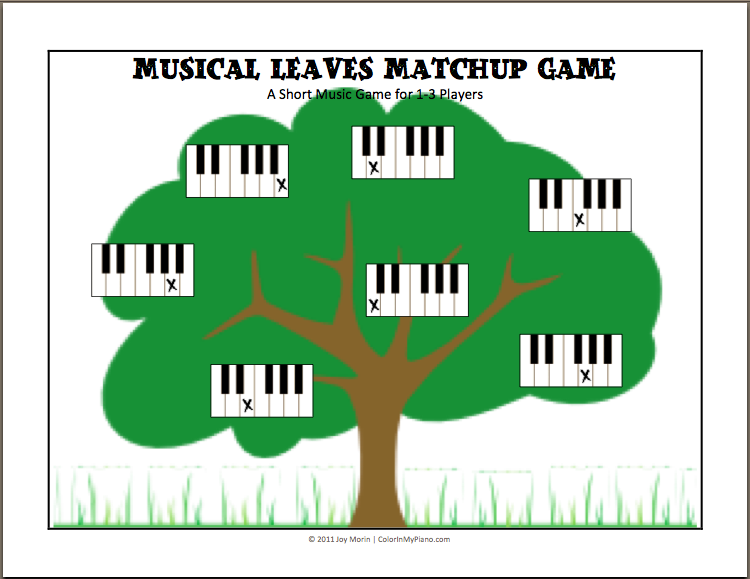

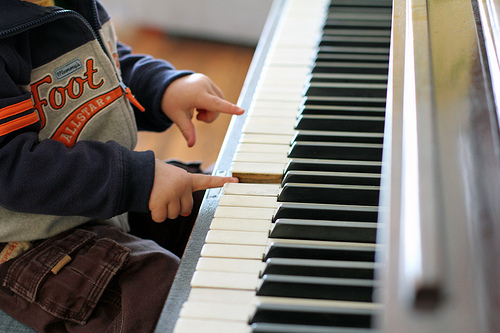

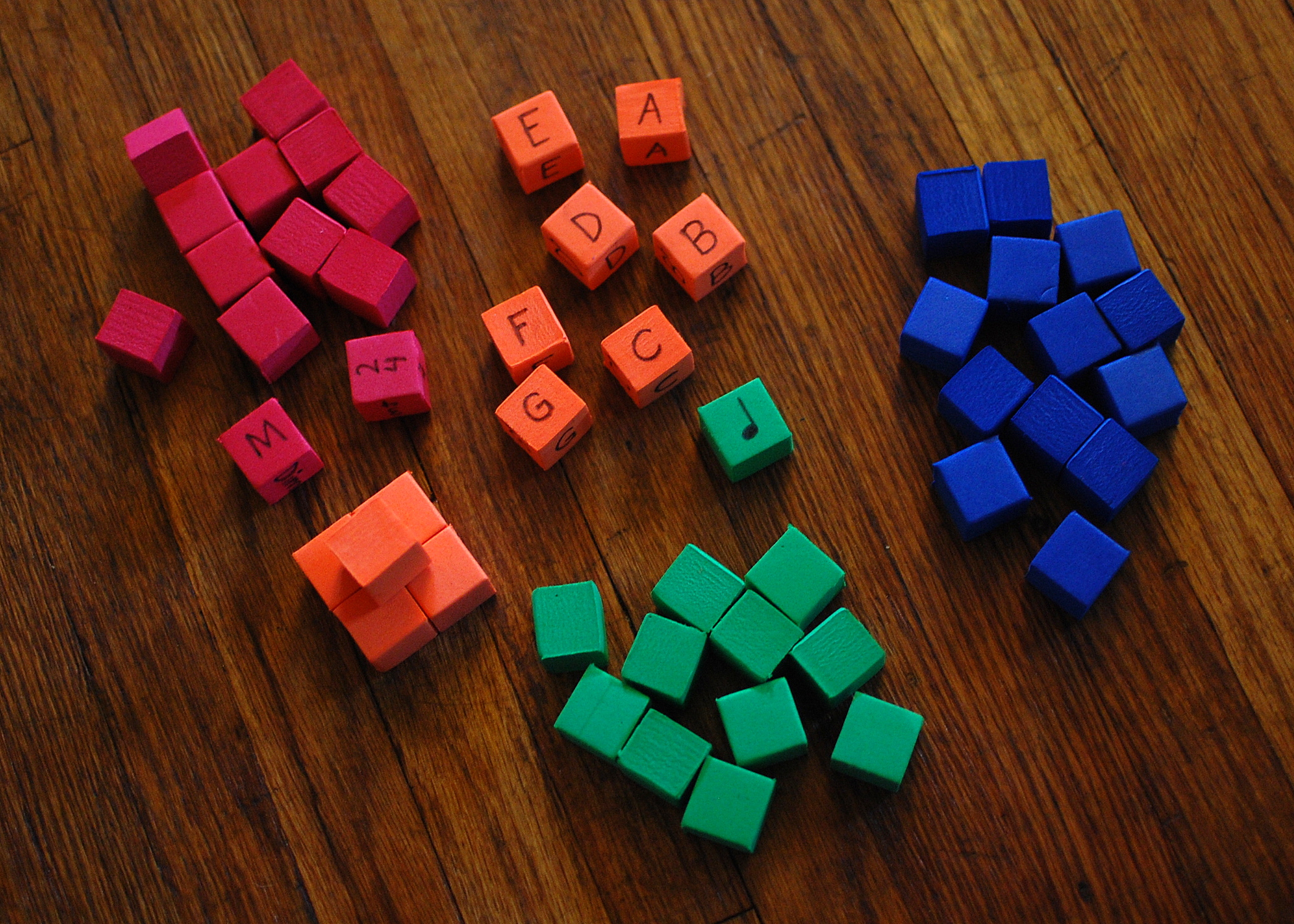

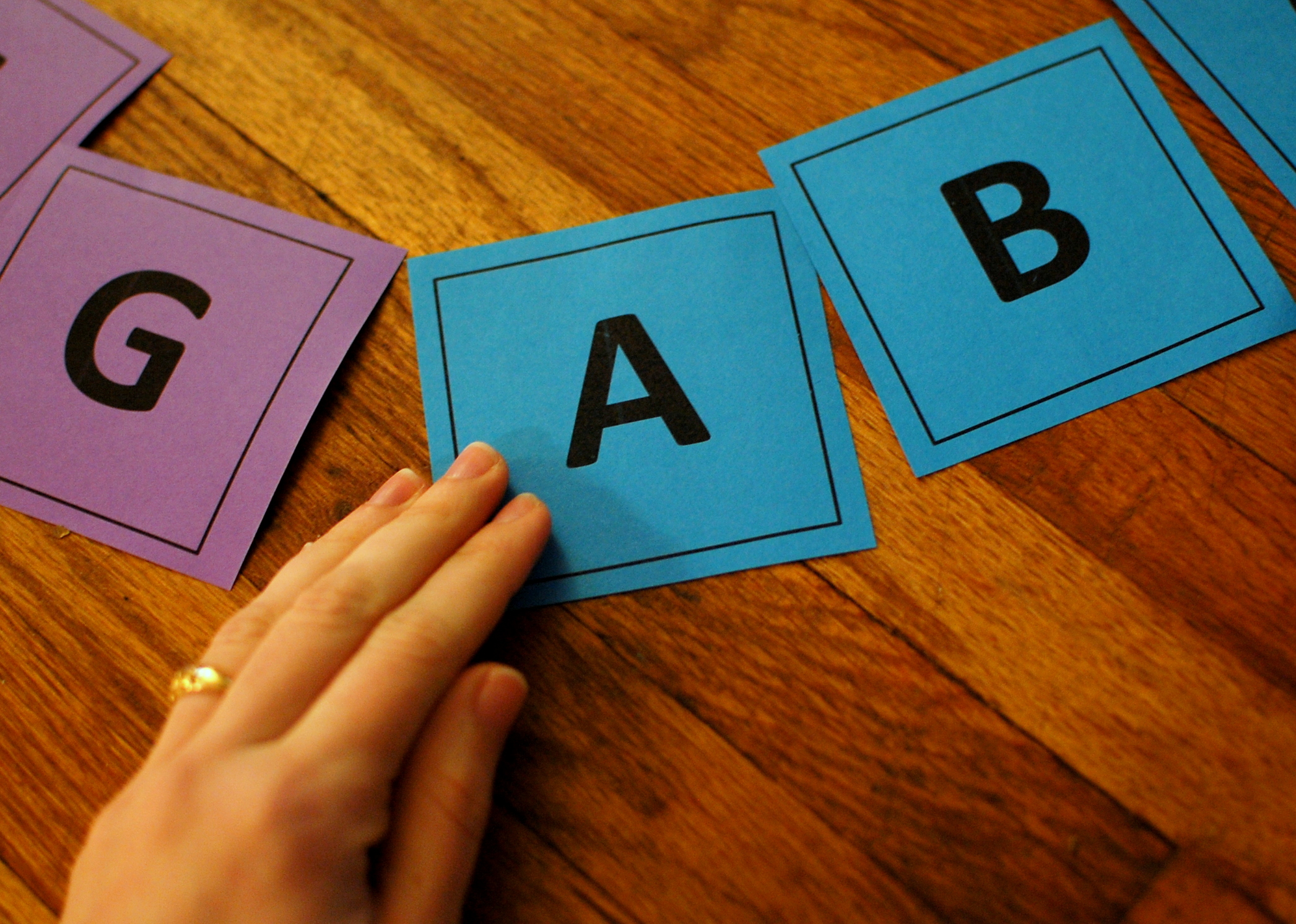


 Here’s another session given by the well-loved pedagogue Marvin Blickenstaff from the 2011 OhioMTA Conference:
Here’s another session given by the well-loved pedagogue Marvin Blickenstaff from the 2011 OhioMTA Conference: